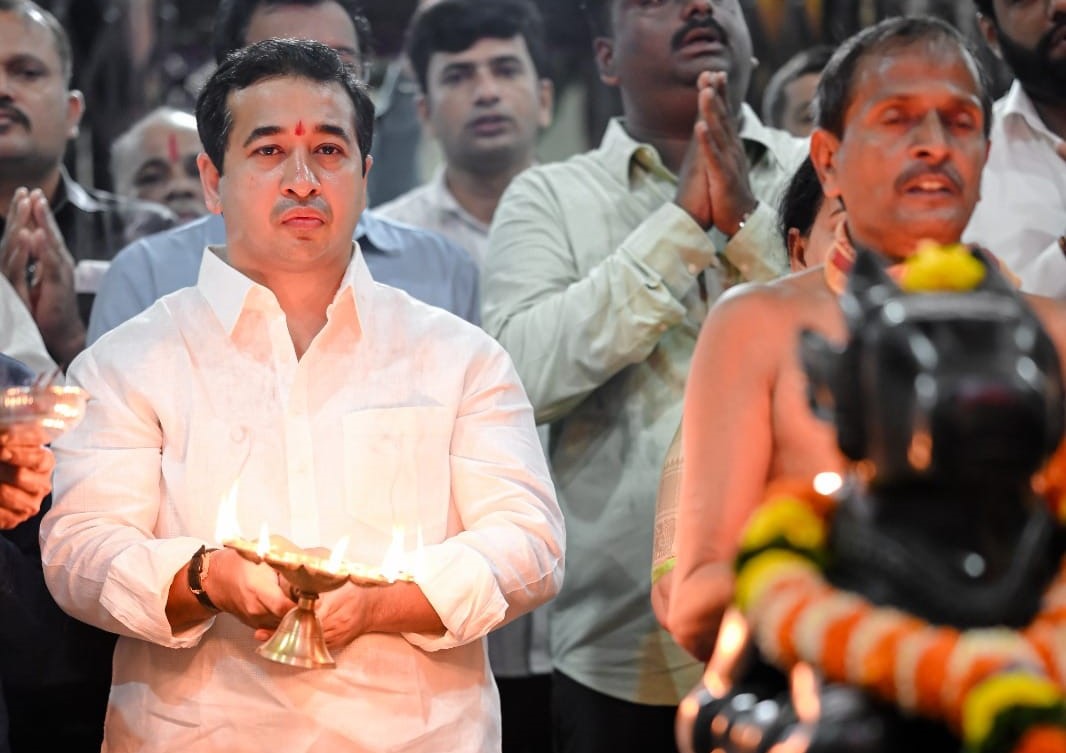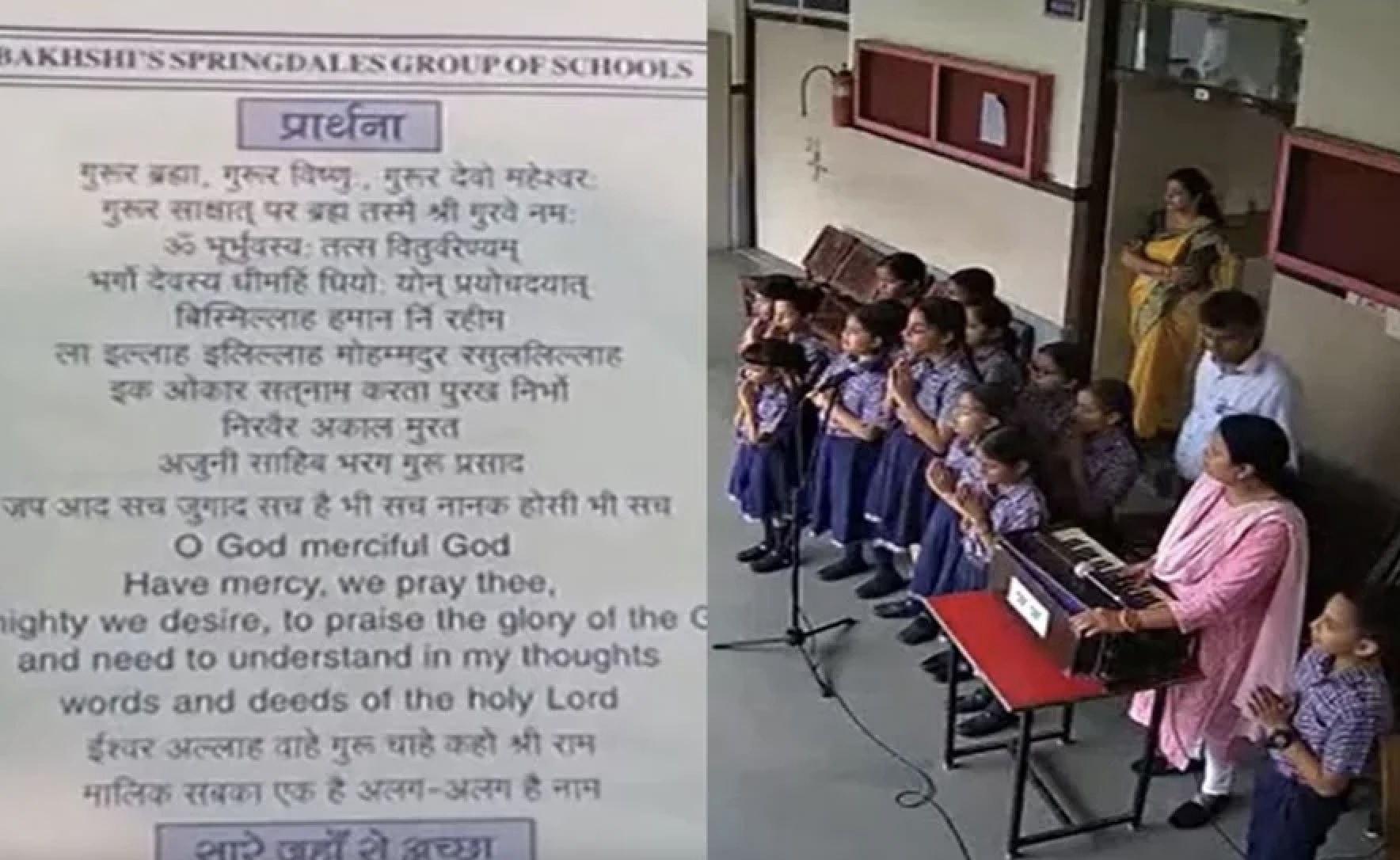
By Amit Julka
On August 8, a mob gathered right in the middle of the nation’s capital, shouting the slogan ‘when Muslims will be chopped, they will shout the name of Lord Ram’. The slogan and the act would have been shocking, but for the fact that their desired outcome had already been orchestrated on the streets of Delhi in February 2020.
One would imagine that such a threat to the lives of Indian citizens, and that too in the capital, would attract the attention of India’s security community and strategic experts. However, there was barely a whimper.
A common sense definition of a security threat would be something or someone that has the potential to cause physical harm or produce a sense of insecurity. Going solely by this definition, one can potentially imagine a plethora of security threats – global warming, rapacious corporations, natural disasters, repressive governments, enemy states, and lastly, extremist organisations, both international and domestic.
However, for most within the security community, it is only the last two that are taken seriously as security threats. Moreover, in terms of domestic extremism, there is a tendency to focus on particular groups – Islamists, Maoists, and ethno-nationalist separatist groups. The thread that runs common across these groups is that they represent cultural minorities and/or peripheral ideologies.
In contrast, the threat from majoritarian extremism, namely Hindutva, is rarely acknowledged. This silence is a result of many things – implicit beliefs, denial, disciplinary socialisation, and fear.
In the context of this silence there are certain key questions that emerge – what does the phrase ‘potential to cause harm or produce a sense of insecurity’ leave out? Who is being framed as a threat? Who is being framed as the vulnerable target of the threat? In other words, it is worth considering who or what is the object of securitisation? If it’s the nation, then it logically follows that an extremist group or ideology that targets particular minorities would be classified as a threat. If it’s the state, then any group that does not believe in its constitutional principles and has a history of undertaking violent action to achieve its aims would make the cut.
On both counts, many majoritarian outfits would prove to be relevant objects of study as security threats. The silence of security experts therefore implies that extremist Hindu organisations are considered as legitimate threats to neither the nation nor the state.
Consequently, this leads to three conclusions. First, whatever our explicit ideological predilections might be, in underplaying or denying the existence of majoritarianism as a threat, the strategic community implicitly equates the ‘nation’ with the majority community, i.e., the Hindus. Secondly, if despite participating in violence, these groups are not seen as a threat to the state, then it can be assumed that their violence isn’t seen as inimical to the state’s objectives, and consequently, they can also be viewed as extensions/allies of the state apparatus.
Finally, all of this means that despite dissenting internal voices, ultimately, the state itself is a vehicle of majoritarian will (though not necessarily the majority’s). Thus, even though a large number of us (academics and policy analysts) may not subscribe to Hindutva’s ideological project, in failing to take seriously the threat posed by it, we are implicated in furthering the majoritarian narrative.
A lack of acknowledgment of the perils
At the heart of the community’s silence is an inability to acknowledge these conclusions. I say acknowledge, not make, because we are otherwise vocal in discussing the pernicious effects of majoritarian violence, particularly in the case of Bangladesh and Pakistan. Even in the rare case when Hindu extremism is mentioned in strategic discourse, it is usually equated as a reaction to its Islamic counterpart. While there is definitely a link between religious fundamentalisms, the false equivalence between the two smacks of hypocrisy and denial. After all, we would scarcely equate Sunni extremism in Pakistan with that from Shia outfits, or Islamist outfits in Bangladesh with the Banga Sena.
Perhaps a partial explanation for this is the tacit belief that Islamic extremism is inherently more dangerous than its Hindu counterpart. A tempting conclusion could also be to attribute this to the BJP’s rise post 2014. While there may be some truth to this, the reality is that our silence goes back much further, and is ingrained much deeper within the architecture of security studies in India.
I say this out of personal experience, having gravitated towards hot topics like Pakistan and terrorism as a young intern at a think tank in 2011. These choices partially emerged from the way boundaries were/are constructed within academic and policy institutions — research groups are often constituted on a regional basis (such as South Asia), in-vogue terminology (for instance, ‘Af-Pak’, ‘Indo-Pacific’), or the nation’s boundaries (typically internal security research clusters, focusing on Maoist, Islamist, and separatist movements).
In my experience, Hindu nationalism was seen as outside the ambit of these clusters (even internal security). It was not seen as a security or terrorism issue, but as a topic for scholars of domestic/electoral politics. Crudely speaking, the prevalent imagination of a ‘security threat’ was nukes, enemy fighters, frigates, and men in long beards. Men forcing others to shout ‘Jai Shree Ram’ were a problem, but not an existential one.
There is also another, more straightforward factor at play – academic institutions and think tanks are few and far between, and mostly dependent on state or private patronage. As a result, individual researchers, especially at the junior level, struggle with low salaries and job insecurity, and such topics can be both professionally and personally risky.
One might ask at this point – how does it matter if a bunch of people sitting in think tanks and university departments do not acknowledge majoritarian violence? It wouldn’t have, except for the fact that through our writings, we popularise these red lines – who counts as us, who is them, who is a terrorist, who is an activist? These demarcations then translate onto popular cultural references codifying the zeitgeist of the era.
For instance, the above-mentioned red lines can be seen in the popular television series Family Man. The show offers a nuanced portrayal of intelligence officers, focusing on their personal lives, and shows them uneasily grappling with the moral ambiguity of their profession (which remains unresolved despite forceful attempts by the scriptwriters to provide closure through characters proclaiming that they are on the ‘right’ side).
At the same time, the show’s production of threats is predicated on an outward gaze – the ‘real’ threats are mostly Pakistanis, Tamils, Kashmiris, Muslims, and Chinese. Most problematically, the last season of the show also showcased a love jihad subplot, where the protagonist’s daughter was enticed by a Muslim boy portraying himself as a Hindu. In contrast, one of the few times where majoritarianism is depicted as a problem in the show is in the form of a communal police officer. Thus, majoritarian extremism, even when portrayed as a problem, is an individual failing, and not a structural feature of the state apparatus.
However, there is hope. Scholars both within and outside the country are questioning dominant narratives of the state. They are doing so by bringing in factors like caste, religion, and race to the forefront of strategic and security studies. However, these voices are usually classified as alternative or critical – thus, it remains to be seen whether they will be heard by the mainstream.
The Punjabi poet Pash once wrote that if the nation’s security means an ‘uncritical yes’, then such a definition of security is itself a danger to the people. As members of India’s security/strategic community, it would serve us well to remember Pash’s advice and ask ourselves a simple question – who or what are we trying to protect – the people or the state?
This story first appeared on thewire.in






